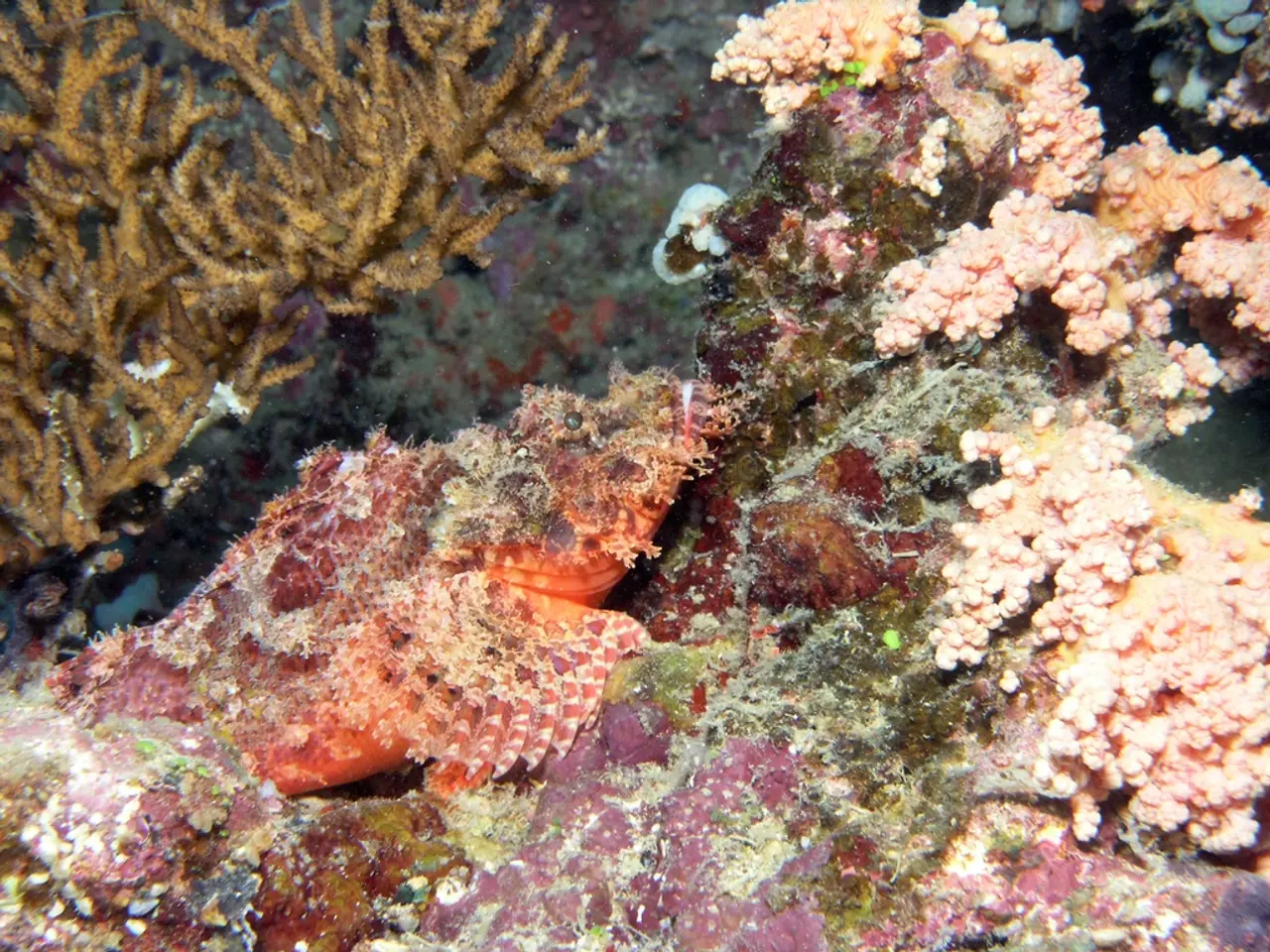No land-bound sea exists on Earth solely
The Sargasso Sea, a haven of biodiversity located in the North Atlantic Ocean, has been a site of ecological, historical, and cultural significance for centuries. Originally documented by Christopher Columbus in 1492, this unique body of water is defined by its circular currents, or ocean gyres, which make it often described as a "perfect lake" in the open Atlantic.
The Sargasso Sea is renowned for its brownish-yellow seaweed, Sargassum, which forms vast mats across its surface. However, this sea is now under threat from various sources.
A new study published on 8 December reveals that the Sargasso Sea is warmer, saltier, and more acidic than it has ever been since records began in 1954. This could have serious and far-reaching impacts on other ocean systems, according to the study's lead author, chemical oceanographer Nicholas Bates. He warned that the ocean is the warmest it's been for "millions and millions of years", which could lead to serious changes to local marine life and the global cycling of water.
The Sargasso Sea is also home to a manmade island called the North Atlantic Garbage Patch, with plastic swirls accumulating due to the ocean gyres' circulating motions. Estimates suggest that the garbage patch extends for hundreds of kilometres and has a density of 200,000 pieces of rubbish per kilometre squared.
The sea supports the life cycle of threatened and endangered species, including the Porbeagle shark and several types of turtles. Whales, including sperm and humpbacks, migrate through the Sargasso Sea. However, shipping, underwater noise, damage to Sargassum mats, the release of chemicals, overfishing, pollution from floating debris, and climate change all pose significant threats to these creatures.
In an effort to protect the Sargasso Sea, the Sargasso Sea Commission was established in 2014 by the governments of the Azores (Portugal), Bermuda (United Kingdom), Monaco, the United Kingdom, and the United States. The Commission aims to designate the Sargasso Sea as "a haven of biodiversity" and to safeguard its unique ecosystems.
Despite these efforts, the future of the Sargasso Sea remains uncertain. Prof Bates admitted that global warming may have reached a point from which there's potentially no return for quite a long time. As we continue to learn more about this fascinating and fragile ecosystem, it is crucial that we take steps to protect and preserve it for future generations.
This article was originally published on December 28, 2023.
Read also:
- Peptide YY (PYY): Exploring its Role in Appetite Suppression, Intestinal Health, and Cognitive Links
- Toddler Health: Rotavirus Signs, Origins, and Potential Complications
- Digestive issues and heart discomfort: Root causes and associated health conditions
- House Infernos: Deadly Hazards Surpassing the Flames








